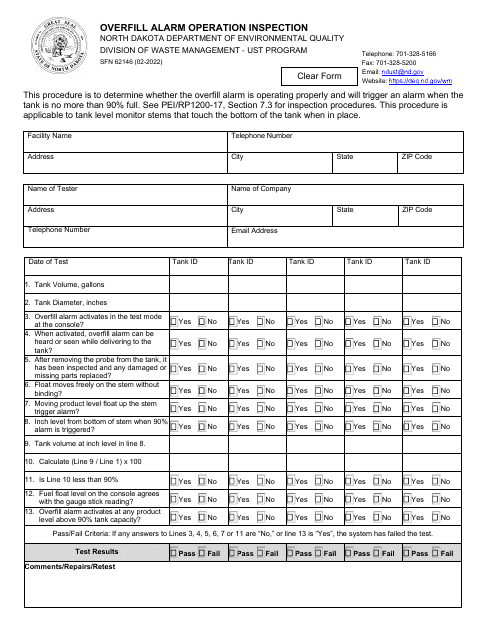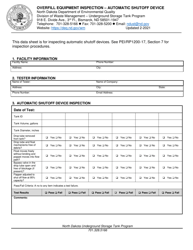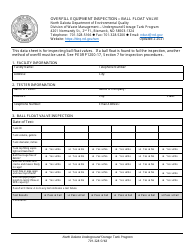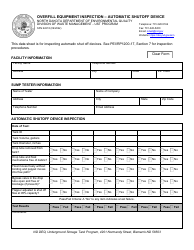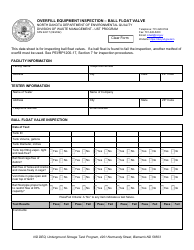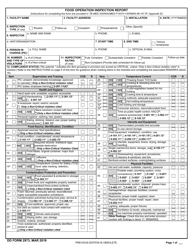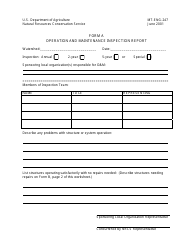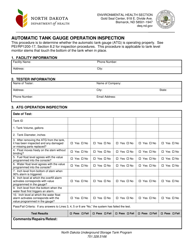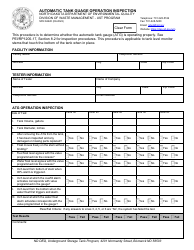Form SFN62146 Overfill Alarm Operation Inspection - North Dakota
What Is Form SFN62146?
This is a legal form that was released by the North Dakota Department of Environmental Quality - a government authority operating within North Dakota. As of today, no separate filing guidelines for the form are provided by the issuing department.
FAQ
Q: What is Form SFN62146 Overfill Alarm Operation Inspection?
A: Form SFN62146 is an inspection form for the operation of overfill alarm systems in North Dakota.
Q: What is an overfill alarm system?
A: An overfill alarm system is a safety device that alerts when a liquid tank or container is reaching or exceeding its maximum capacity.
Q: Why is the operation of overfill alarm systems important?
A: The operation of overfill alarm systems is important to prevent overfilling of tanks, which can lead to spills and other hazardous incidents.
Q: Who needs to conduct the inspection?
A: The inspection needs to be conducted by the owner or operator of the facility with the overfill alarm system.
Q: What does the inspection entail?
A: The inspection entails verifying the proper functioning of the overfill alarm system, including its sensors, alarms, and communication equipment.
Q: Are there any specific requirements for the overfill alarm system?
A: Yes, the overfill alarm system must meet the requirements set by the North Dakota Department of Environmental Quality (NDDEQ).
Q: How often should the inspection be conducted?
A: The inspection should be conducted at least once a year, or more frequently if required by the NDDEQ or other regulatory authorities.
Q: What should be done if any issues are identified during the inspection?
A: If any issues are identified during the inspection, they should be promptly addressed and repaired to ensure the proper functioning of the overfill alarm system.
Q: Is there a fee for the inspection?
A: There may be a fee associated with the inspection, which should be verified with the NDDEQ or the designated authority.
Form Details:
- Released on February 1, 2022;
- The latest edition provided by the North Dakota Department of Environmental Quality;
- Easy to use and ready to print;
- Quick to customize;
- Compatible with most PDF-viewing applications;
- Fill out the form in our online filing application.
Download a fillable version of Form SFN62146 by clicking the link below or browse more documents and templates provided by the North Dakota Department of Environmental Quality.
